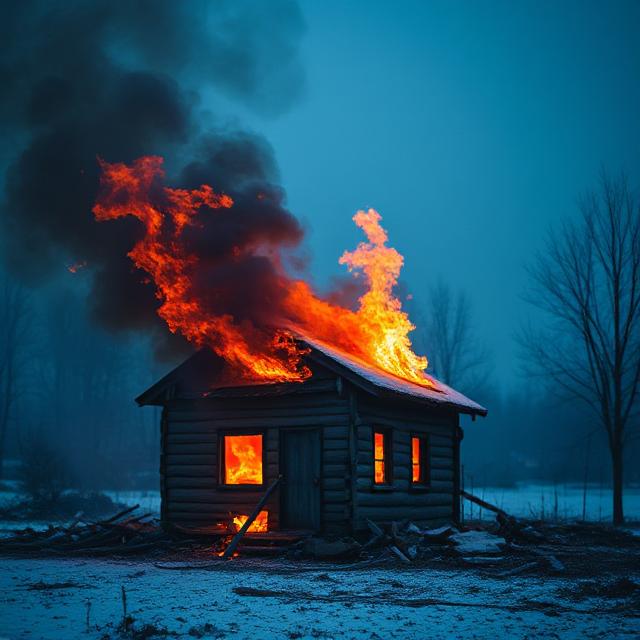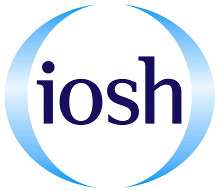
The Fire Safety Act 2021 has brought about a significant shift in fire safety regulations across the United Kingdom, aiming to improve safety standards in residential and commercial buildings. Its implementation has profound implications for landlords, property managers, safety professionals, and regulatory authorities. The Act primarily aims to clarify existing responsibilities, enhance fire safety measures, and reduce the risk of fire-related incidents, particularly in high-rise and complex buildings.
One of the key effects of the Fire Safety Act 2021 is its emphasis on clear accountability. The Act explicitly states that responsible persons, including landlords and building managers, must assess and manage fire risks comprehensively. This includes ensuring that external walls, including cladding, balconies, and windows, meet safety standards, and that fire doors, alarms, and emergency lighting are properly maintained. The legislation also expands the scope of existing regulations, requiring ongoing risk assessments and safety reviews to be documented and readily available for inspection. This shift encourages proactive management of fire hazards, reducing reliance on reactive measures after an incident occurs.
Furthermore, the Act enhances the regulatory framework by empowering authorities to enforce compliance more effectively. Local fire and safety regulators now have clearer mandates to conduct inspections and impose penalties on non-compliant entities. This creates a deterrent effect, motivating property owners to prioritize fire safety. Additionally, the Act underscores the importance of resident engagement, urging landlords to communicate safety procedures clearly to tenants and involve them in safety planning.
Implementation of the Fire Safety Act 2021 requires a multi-faceted approach. First, property owners and managers must conduct comprehensive fire risk assessments, focusing on both internal and external features of their buildings. These assessments should identify potential hazards, such as flammable cladding or blocked escape routes, and outline mitigation strategies. Regular safety audits should be scheduled to ensure ongoing compliance, especially after renovation or external façade works.
Second, training and awareness are crucial. Staff responsible for fire safety should receive up-to-date training on emergency procedures, use of fire safety equipment, and risk management practices. Tenants and residents should also be educated about evacuation procedures and safety protocols to ensure swift and orderly evacuations during emergencies.
Third, investment in fire safety infrastructure is essential. Building owners should ensure that fire alarms, emergency lighting, sprinkler systems, and fire doors are regularly maintained and tested. Upgrading older systems to meet current standards, particularly in buildings with external cladding, is vital for reducing fire spread risks. Incorporating modern technologies, such as smart fire detection systems and automated alerts, can enhance responsiveness and coordination during emergencies.
Finally, collaboration between regulatory bodies, property owners, safety professionals, and residents is vital for effective implementation. Authorities should provide clear guidance, support, and oversight, while property stakeholders must prioritize safety in their operational plans. Transparency and documentation are key to demonstrating compliance and facilitating inspections.
In conclusion, the Fire Safety Act 2021 has strengthened fire safety standards and clarified responsibilities, leading to safer building environments. Its successful implementation hinges on thorough risk assessments, ongoing training, infrastructure upgrades, and collaborative efforts. By adopting a proactive and comprehensive approach, stakeholders can significantly reduce fire risks, protect lives, and ensure a resilient built environment for all occupants.
…you need to act NOW to ensure you have a suitable and sufficient Fire Risk Assessment.
If you require further information about how JustSafety can help you make sure you are meeting your health and safety duties under the new fire safety rules:
call us on 07468 421 246
or email us at info@JustSafety.co.uk
